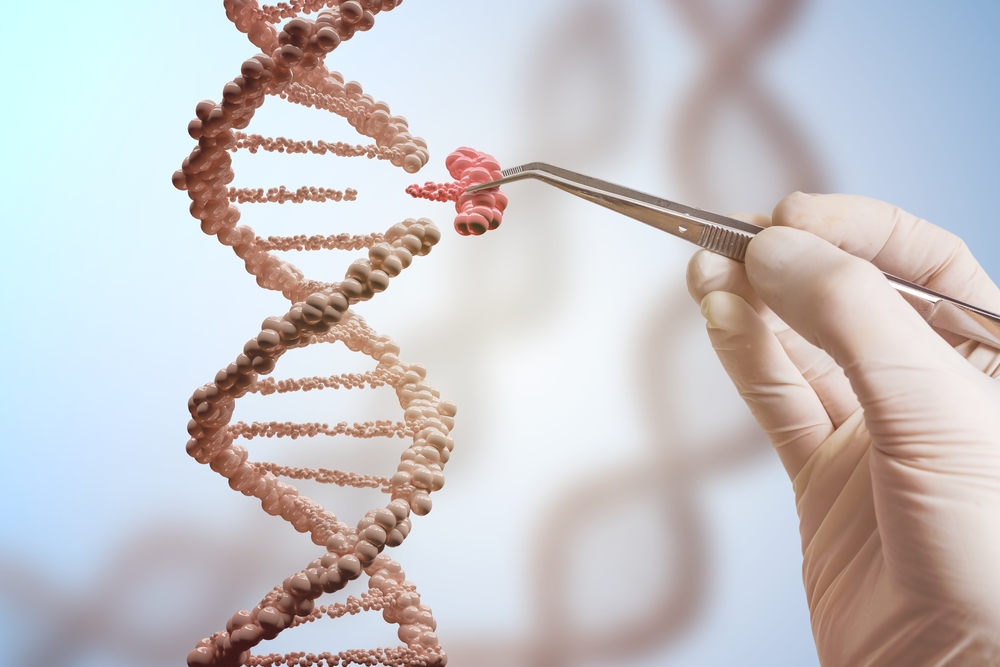Gene Editing Tool May Be Key to New Therapies for Sickle Cell Anemia, Study Reports

Researchers used a gene editing tool to insert mutations into blood cells to increase their production of fetal hemoglobin, which may advance the development of new therapies for sickle cell anemia.
The study, “Natural regulatory mutations elevate the fetal globin gene via disruption of BCL11A or ZBTB7A binding,” was published in the journal Nature Genetics.
Sickle cell anemia is a genetic condition caused by an abnormality in the oxygen-carrying protein hemoglobin, found in red blood cells. This makes cells rigid and prone to getting trapped in small blood vessels, stopping blood from reaching different parts of the body. Symptoms include pain, anemia, and stroke.
Some patients have milder forms of the disease because they have a mutation that switches on the gene that produces fetal hemoglobin. The production of this type of hemoglobin helps to make up for patients’ abnormal adult hemoglobin.
“The fetal hemoglobin gene is naturally silenced after birth. For 50 years, researchers have been competing furiously to find out how it is switched off, so it can be turned back on,” Prof. Merlin Crossley, deputy vice-chancellor academic at the University of New South Wales, Australia, said in a university news story by Deborah Smith. “Our study, which is the culmination of many years of work, solves that mystery.”
The research team used the CRISPR-Cas9 gene editing method, which allows scientists to edit parts of the genome by removing, adding, or altering specific sections of the DNA sequence.
They introduced naturally occurring mutations, which have been associated with the persistence of fetal hemoglobin throughout adulthood, into red blood cells.
They found the added mutation increased the levels of fetal hemoglobin.
“Our new approach can be seen as a forerunner to ‘organic gene therapy’ for a range of common inherited blood disorders, including beta thalassemia and sickle cell anemia,” said Crossley, senior author of the study. “It is organic because no new DNA is introduced into the cells; rather, we engineer in naturally occurring, benign mutations that are known to be beneficial to people with these conditions.
“It should prove to be a safe and effective therapy, although more research would be needed to scale the processes up into effective treatments,” he said.
Researchers found that two genes, BCL11A and ZBTB7A, “switch off the fetal hemoglobin gene by binding directly to it. And the beneficial mutations work by disrupting the two sites where these two genes bind,” Crossley said.
With this discovery, scientists have now found a way to fast-track the development of new therapies for sickle cell disease and other inherited conditions using CRISPR-Cas9 gene editing.






